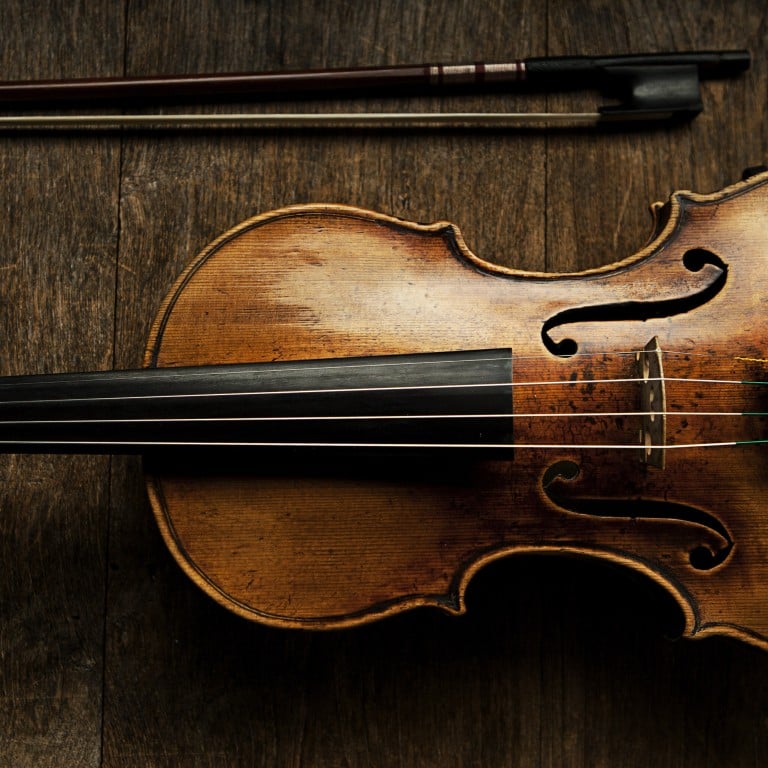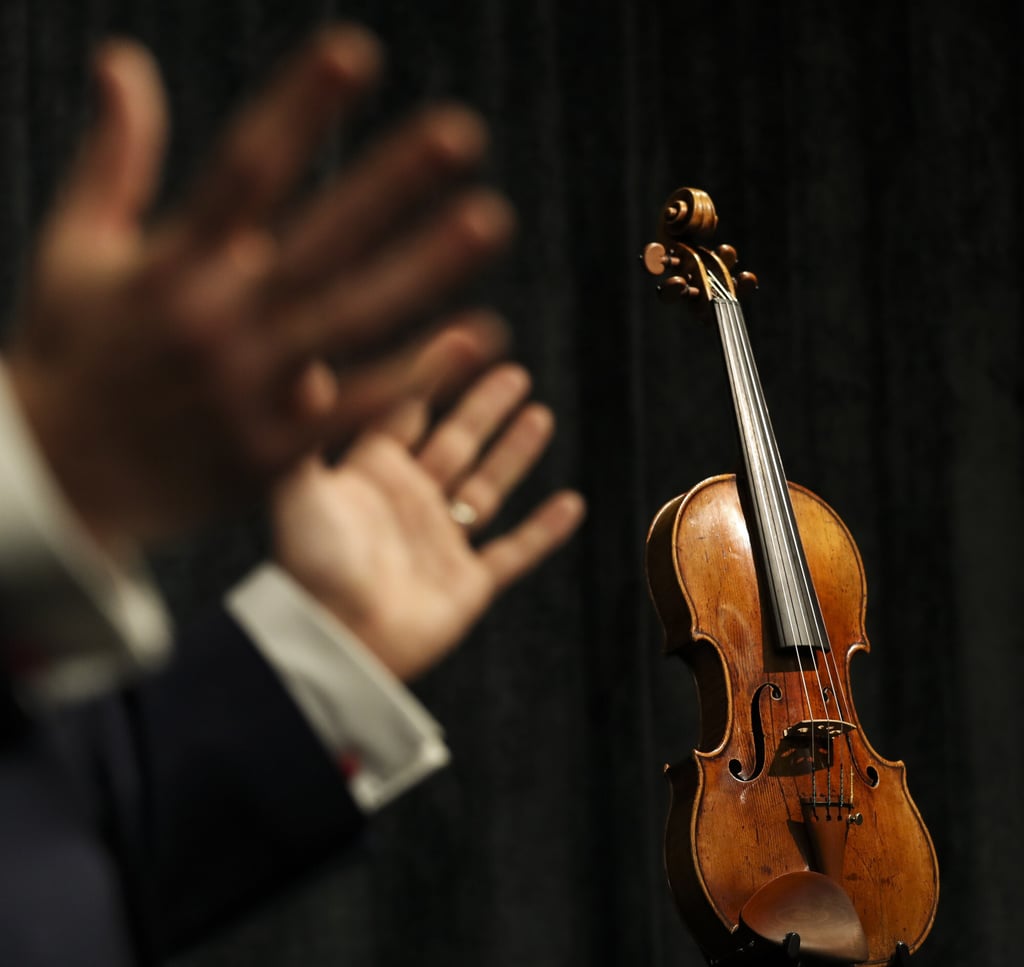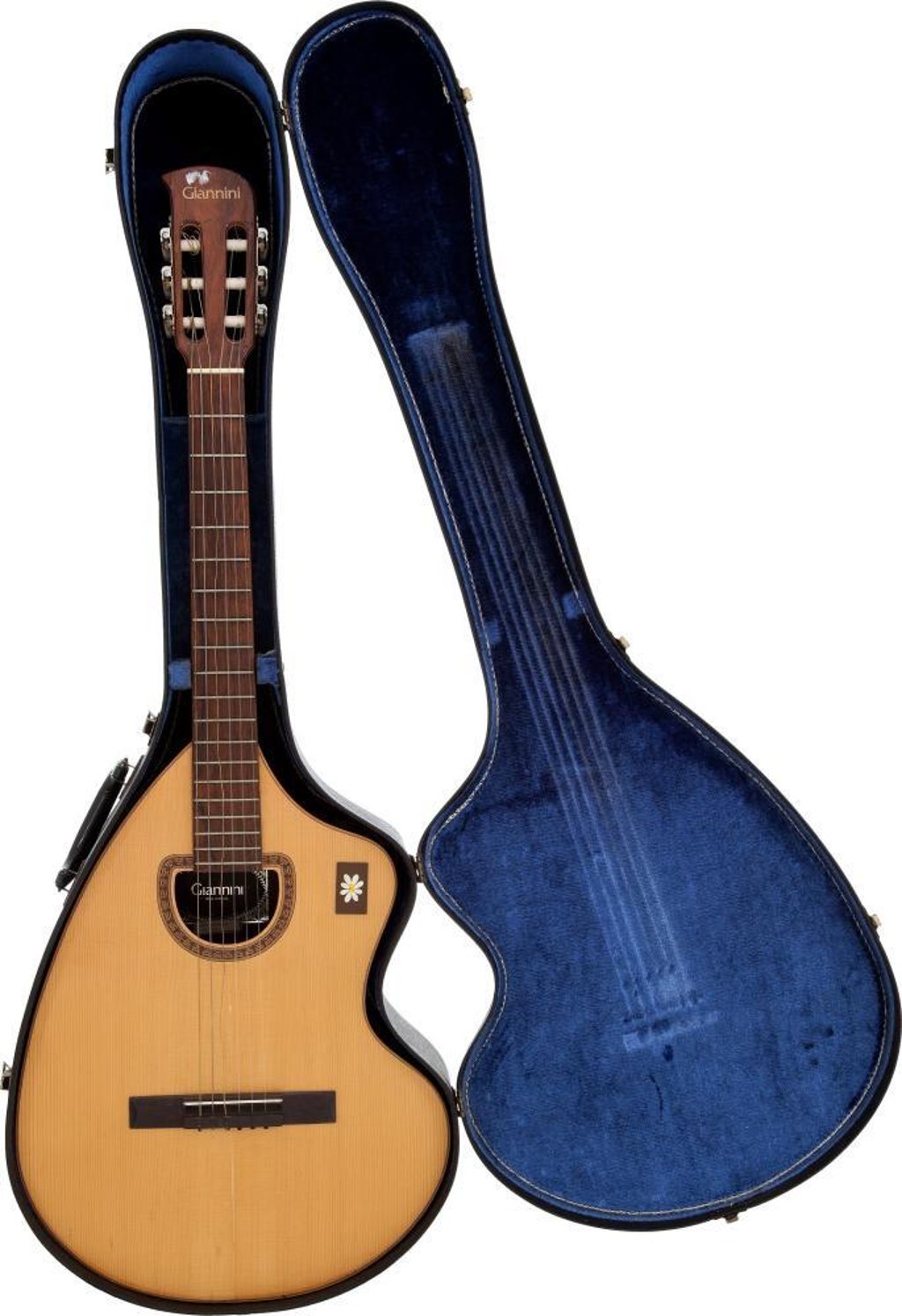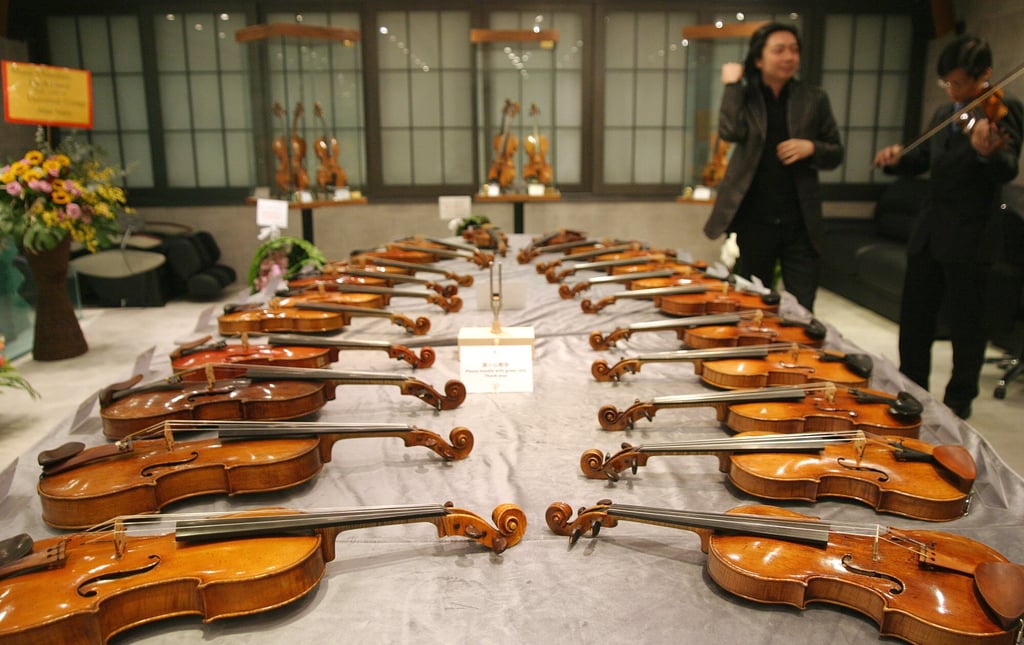From Stradivarius violins to a Gibson Les Paul, antique instruments and vintage guitars are 2021’s smartest financial investment – really

- There are only about 300 violins left by 17th century Italian luthier Antonio Stradivari and the best of them still sound great – and are worth millions today
- Vintage electric guitars can also attract serious money: US$30,000 for a 1957 Fender Esquire or US$325,000 for a 1960 Gibson Les Paul
Florian Leonhard, who is an antique violin restorer, authenticator and dealer, recently sold a musical instrument to a new client in Beijing, one of just four sales he’s made over the last year. If that sounds like a bad business to be in, the instrument in question was a Stradivarius violin, and it likely cost around US$15 million.
Why such a high price? Because antique stringed instruments – violins, violas, cellos – have become a hot investment. The same violin might have sold for around US$2 million just 20 years ago. “Such instruments may be part of the European cultural heritage, but interest in violins – playing and collecting – is growing incredibly fast in the Far East,” says Leonhard.

The different production techniques, woods and varnishes found in antique instruments underscore just how specialist this kind of knowledge is. “There’s now an estimated 30 million violinists in China alone. The fact is that there’s no greater investment than these instruments right now,” he adds.
This is, in part, simply down to scarcity. Allowing for instruments destroyed, missing, or in museums, there’s an estimated 50 remaining instruments by the other great Italian luthier, Giuseppe Guarneri “del Gesù”, per Leonhard. His violin was the instrument of choice for Niccolò Paganini, the popular Italian violinist of the 1800s who, some say, revolutionised violin technique. There’s a healthier stock of instruments by Giovanni Battista Guadagnini – around 600 – but then, even one of these is priced in the US$1-3 million range.
[They] are artworks as well as instruments, and hold the same intrinsic value as, say, a Rembrandt or a Da Vinci, regardless of trends in art

Similarly, only about 300 violins are known to exist by Antonio Stradivari, the great Italian string instrument craftsman of the 17th and 18th centuries, according to Roman Goronok, who is one of the world’s leading brokers of antique stringed instruments. The value commanded by these instruments is also a function of quality.
“[They] are artworks as well as instruments, and hold the same intrinsic value as, say, a Rembrandt or a Da Vinci, regardless of trends in art,” explains Goronok. “It’s only recently that financial advisers have considered them a tangible asset to invest in. It’s been this amazing, little-known niche, which is why we’re now seeing partnerships for fractional ownership too.”
“The market has grown increasingly secure as research has uncovered the backstory of each violin, allowing proper valuation,” explains Steven Smith, the managing director of J&A Beare, London-based violin dealers since 1892. “That’s given the market stability, and allowed it to break free of being considered very specialist,” adds Smith, whose company is currently producing a definitive, six-volume work on Stradivari, due for publication in spring 2022.
